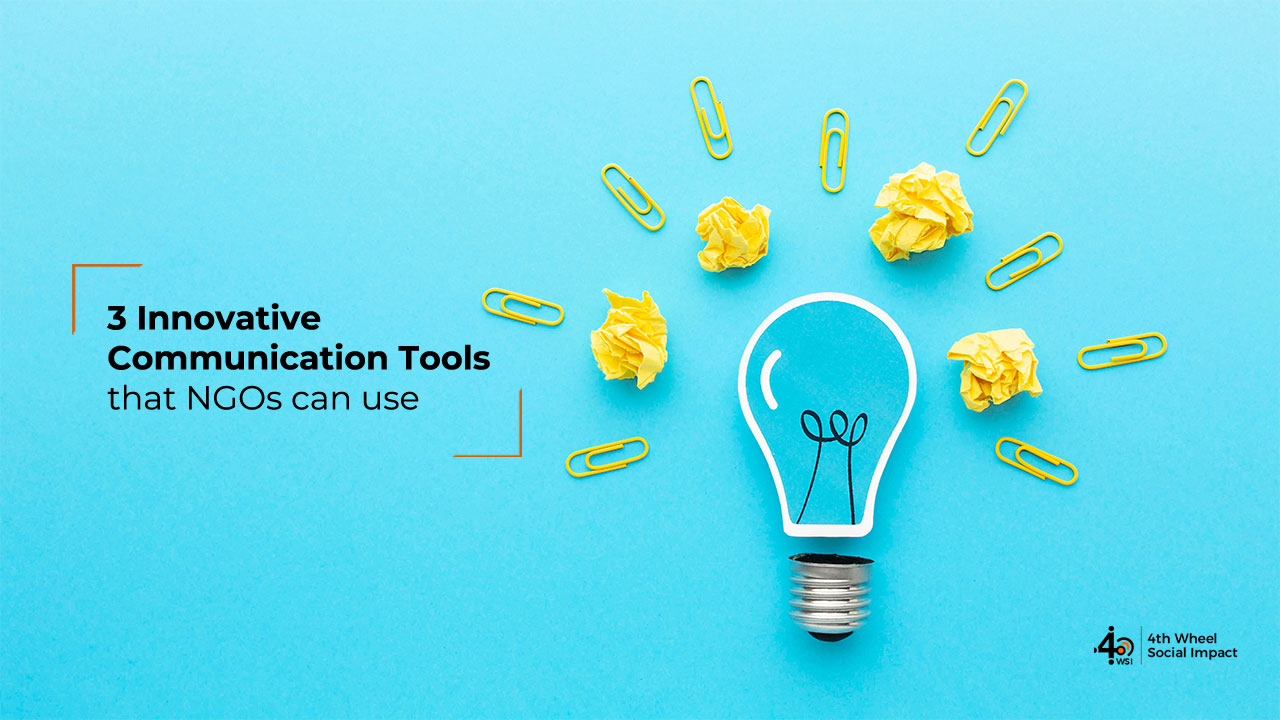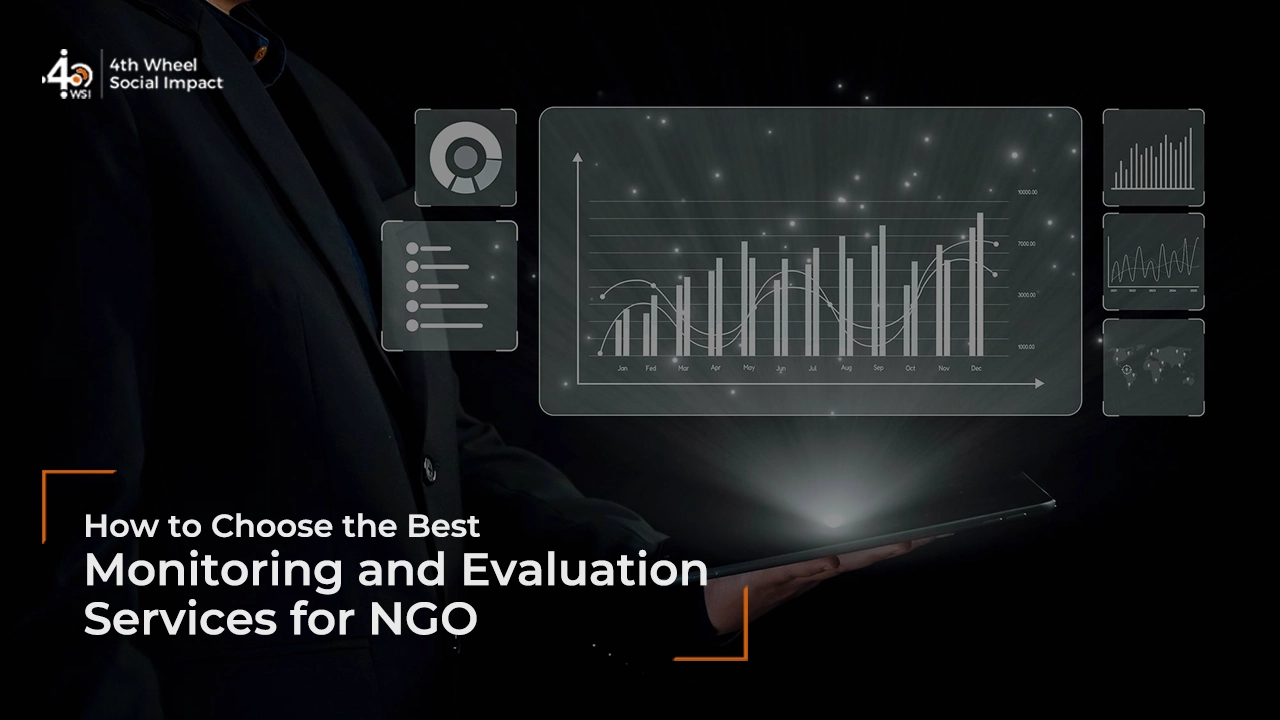According to the 2018 Global NGO Technology Report, 82% of its respondents believed that email updates were the most effective communication & fundraising tool employed by NPOs, NGOs, and charities.
In this day and age where today is already yesterday, technology has become an integral part of our personal as well as professional lives. With companies like Zomato, Flipkart and Paytm reaching out to consumers in unique ways, it’s time for the development sector to buck up. Off the top of your head, if we asked you to name an NGO you know. The answer would probably include names such as Teach for India, Save the Children, and Make a Difference.
What is that these ventures have been able to accomplish that more than 31 lakhs registered NGOs couldn’t?
It’s simple.
They have been able to reach out by using communication tools that not only help in awareness but also in fundraising.
Here are a few that you could try yourself!
- Personalised digital content, yes, please!
81% of the respondents in the survey stated earlier believed that websites were effective as a communication strategy. Though an excellent tool, everyone today has a website. Even dogs. (DougThePug)
To be unique, create personalised digital content.
For example, Well Told Story, based in Kenya & Tanzania uses comic books to reach out to audiences across the online and offline sphere. (Shujaaz)
2. Virtual reality, a reality indeed.
With Virtual Reality being used to experiences liking trying out a car, furniture, or kitchen utensil, it’s time for the non-profit sector to also lead the way. By using VR, one can link the emotional with the cold facts and encourage fundraising by connecting to the masses.
For example, Amnesty International introduced an immersive experience of life in Aleppo. (Amnesty) The campaign launched by Save the Children’s for their East African Appeal also utilises augmented reality. (Save the Children) One needs to download the Aurasma application, point the camera at the newsletter and watch an engaging video. Post which, you can click on the link to make a donation.
3. Gaming? Maybe?
Though an intriguing idea, gaming as of yet has only been primarily explored by the development sector. “Debola, a prisoners dilemma game for NGOs simulation” may just be the first step in this direction. It is a teaching tool for the topics of conflict analysis and resolution, collaborative problem solving, negotiation and decision-making in the context of NGOs and mission-driven organisations.
Another such initiative is World Rescue, a narrative-based video game inspired by the Sustainable Development Goals of the United Nations. Join five young heroes to solve global problems such as displacement disease deforestation, drought, and pollution at a community level.
The time has come for the development sector to take a step towards imbibing innovative tools into their communication strategy. This will not only contribute towards creating awareness at a larger scale but also increase volunteering, partnerships, and donations.
Works cited:
“Bringing the Printed Word to Life with Augmented Reality.” Save the Children UK,
DougThePug. dougthepug.com/
“First use of virtual reality fundraising a hit with members of the public.” Amnesty. https://www.amnesty.org.uk/press-releases/first-use-virtual-reality-fundraising-hit-members-public
Shujaaz. shujaaz-report.net/
World Rescue. worldrescue.com/
This blog is written by Poorvaja Sundar, Research Associate at 4th Wheel Social Impact.




